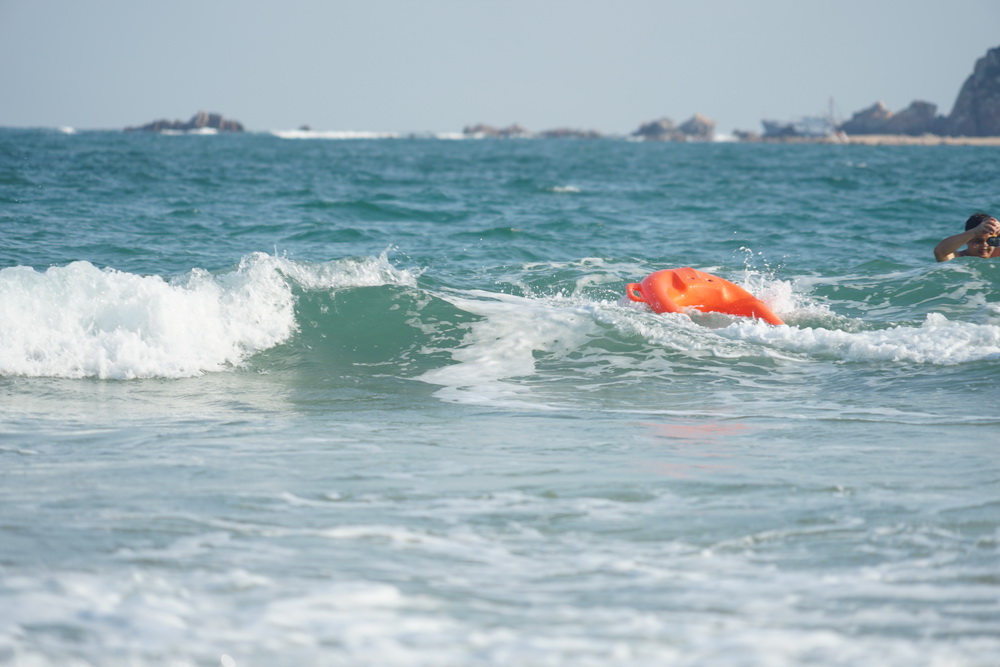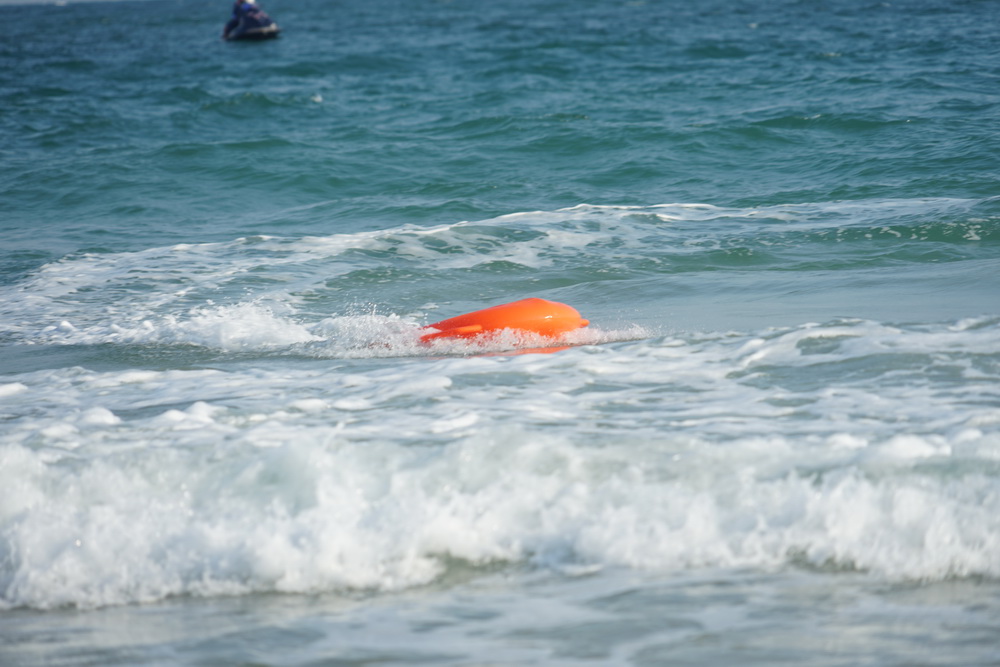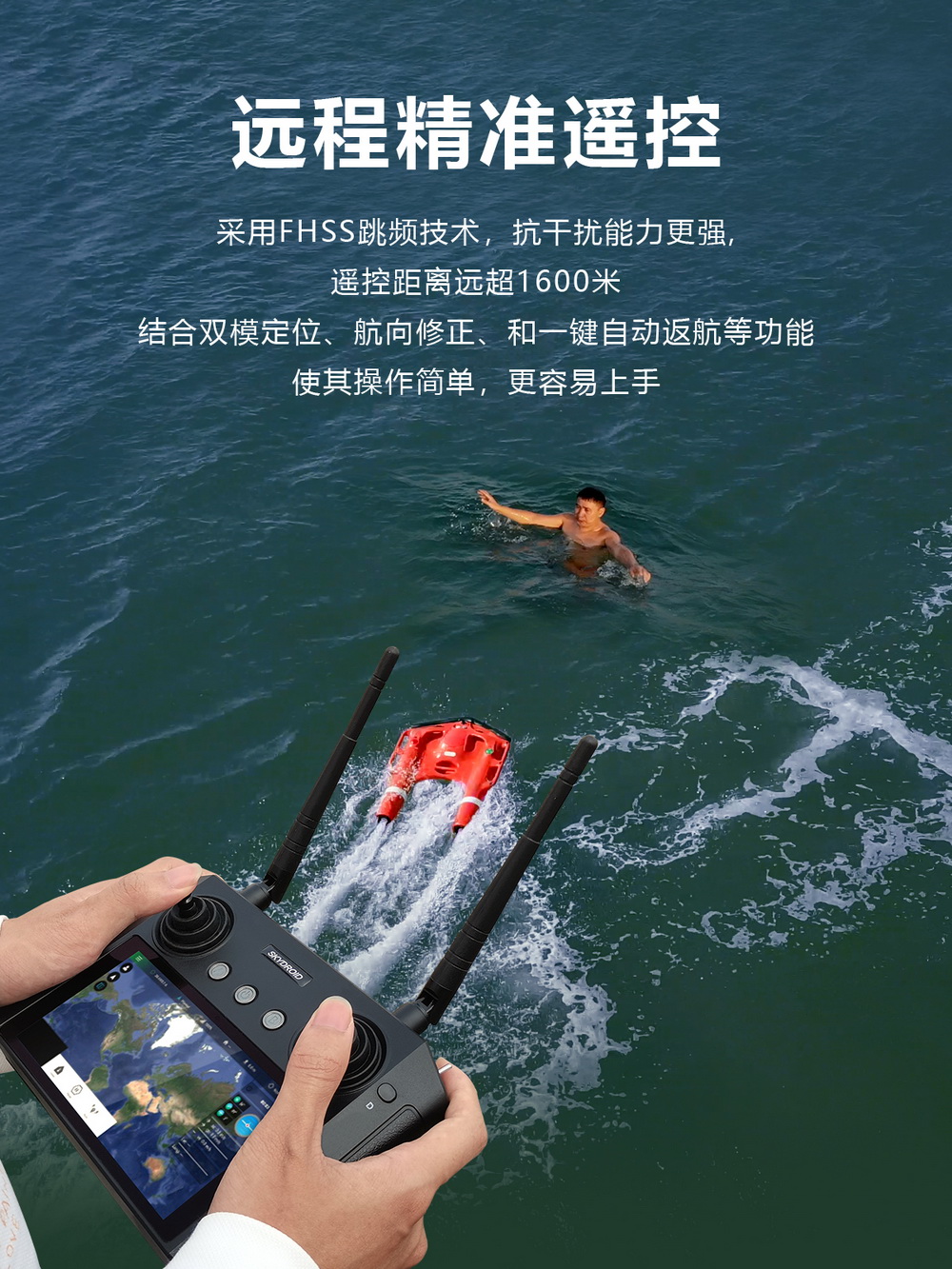Buoyancy Structure Design Principles of Water Rescue Wings
The core reason why water rescue wings can stably support drowning victims and achieve rapid rescue lies in their scientifically designed buoyancy structure. These devices typically use high-strength, lightweight engineering plastics or composite materials for the main body shell, shaped in a U or wing-like form. This design not only facilitates rescuers pulling victims from both sides but, more importantly, increases the contact area with the water surface, enhancing buoyancy stability.
Buoyancy primarily comes from high-density closed-cell foam material sealed inside the device or inflatable float structures. Closed-cell foam exhibits excellent water penetration resistance and long-term buoyancy retention. Even if the outer shell is damaged, it can still maintain sufficient buoyancy to support an adult's weight. Some high-end models adopt dual-chamber or multi-chamber designs; even if one chamber is compromised, the others continue to provide safety assurance, ensuring uninterrupted rescue operations.
Additionally, the center of gravity of the water rescue wing is precisely calculated to ensure the device maintains a horizontal position in water, preventing capsizing or tilting, thus offering a safe and stable platform for victims.
Propulsion System Composition and Performance Advantages of Water Rescue Wings
The propulsion system is key to enabling remote and rapid rescue with water rescue wings. Equipped with high-efficiency waterproof DC motors, combined with specialized propellers or water-jet propulsion systems, these devices achieve stable movement even in complex aquatic environments. The propulsion system is powered by high-performance lithium-ion battery packs, typically providing over 30 minutes of operating time, with maximum speeds reaching 6–8 knots (approximately 11–15 km/h), far exceeding human swimming speeds.
The remote controller uses 2.4GHz wireless communication technology with strong anti-interference capabilities, enabling control ranges of 100–500 meters, allowing rescuers on shore or aboard boats to accurately guide the device to the victim. The propulsion system also integrates intelligent controls, featuring functions such as cruise control, one-touch return, automatic return on low battery, and fail-safe protection, greatly enhancing operational convenience and safety.
Some advanced models are equipped with dual-motor, dual-propulsion systems enabling differential steering, offering greater maneuverability and precise positioning of victims even in challenging conditions like strong currents or waves, significantly improving rescue success rates.
Comprehensive Performance and Application Prospects of Water Rescue Wings
By integrating advanced buoyancy structures with efficient propulsion systems, water rescue wings have become essential equipment in modern water rescue operations. Their lightweight portability, rapid response, and ease of operation make them widely applicable in beaches, rivers, lakes, reservoirs, and swimming pools. Compared to traditional manual rescue methods, water rescue wings significantly reduce risks to rescuers while improving rescue efficiency and success rates, exemplifying how technology empowers public safety.


 .
.

As artificial intelligence, IoT, and new materials continue to converge, future water rescue wings will become increasingly intelligent and autonomous, potentially achieving automatic drowning detection and self-navigating rescue missions, opening new pathways for life-saving operations.




















 Current Position:
Current Position:












